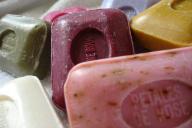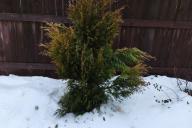Nut shells are a great material for holiday decor or crafts, but few people know that they can be used for other purposes.
Walnut shells can be used in the garden to protect garden plants from snails and slugs.
To do this, you just need to crush the shells and then scatter them around the beds with cucumbers, cabbage and other vegetable crops.

In this case, all the plants in the beds will be under reliable protection, since mollusks and snails do not want to overcome the dangerous barrier in the form of crushed nut shells.
Ash from burning the shells of any nuts can be an excellent fertilizer for garden, flower and vegetable crops.
It is recommended to periodically water cucumbers, sweet peppers and tomatoes at the roots with ash infusion, in this case the taste of the fruit will noticeably improve.
In addition, this environmentally friendly, natural product can be used to deoxidize the soil.
In the place where you plan to plant fruit tree seedlings, it is recommended to create a drainage layer of crushed nut shells. Such drainage will make the soil looser and increase its air permeability.
In the garden, nut shells can be used for mulching the soil. Mulch from crushed shells will not only retain moisture in the upper layers of the soil, but also stop the growth of weeds.
Walnut shells contain the active substance juglone. This substance is both a natural herbicide and a phytoncide.
To protect the area from weeds and to disinfect the soil, you only need to regularly add crushed walnut shells to the top layer of soil.
In addition, juglone is also a natural insecticide, as it repels many insect pests.
If water stagnates in the soil, you just need to loosen the top layer of soil well, and then add halves and large pieces of walnut or hazelnut shells.
Pistachio or hazelnut shells are excellent drainage for indoor plants.
Before replanting the plant, you need to pour a layer of shells up to 3-5 cm onto the bottom of the flower pot, and add soil mixture on top.








